All buildings constructed in Spain from 2021 onward, must have nearly zero energy consumption. This measure has been approved by the European Union and it will become a reality after the 31 December 2020. Some months ago, we wrote in this blog an article about housing in the future.We said that the Energy Efficiency Directive of Buildings had set the year 2021 as the start of a new era regarding construction. This will be so because every building must have nearly zero energy consumption. According to experts on sustainability and environment, we are obligated to do this. It is essential that every city in the world, and especially those in the most developed countries, enters into a commitment with sustainability. If this is not done, we will be condemned to living in increasingly worse conditions. According to the law that has already come into force in Europe (Directive 2010/ 31/ EU, 19 May), every building which is constructed on European land from 2021 onward, must fulfill the requirements regarding energy efficiency. Also, all new construction housing must have nearly zero energy consumption. The Spanish government is already adapting the legislation to European regulations, in such a way that it will be included in the Spanish Technical Construction Code.
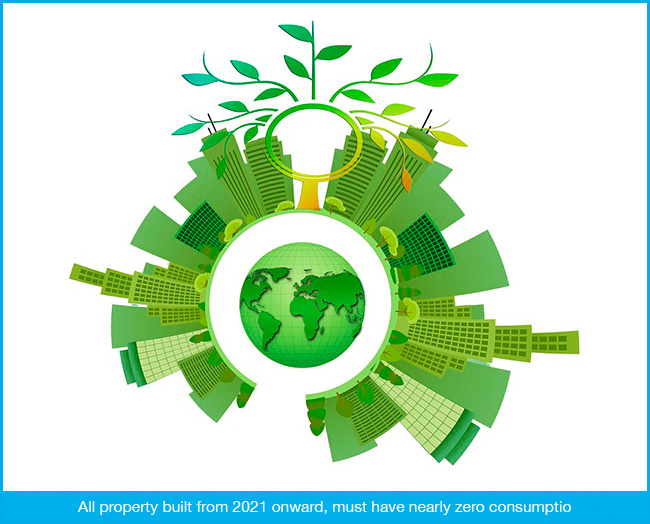
WHAT IS ACHIEVED IN A NEARLY ZERO ENERGY CONSUMPTION PROPERTY
Property with nearly zero energy consumption will reduce the heating bill up to 80%. This does not only imply financial savings but energy savings as well. In order to consider a property with nearly zero energy consumption, it must have an extra layer of insulating material. Due to this, housing will not lose heat in the cold season nor will it get hot in the summer. We must take into account all the energy we will save if we reduce the heating in winter or the air conditioning in summer. In addition, a nearly zero energy consumption property is capable of ventilating by itself, automatically. Thus, avoiding the loss of heat or cold each time the house is aired. Undoubtedly, builders and property developers face a great challenge as they will have to adapt to the requirements which are imposed by Europe. This affects the real estate business to the full. PassivHaus is a construction standard that was born in Germany at the beginning of the 90´s. This standard controls thermal comfort and energy consumption in a house. The PassivHaus Standard has an official entity called Passive House Institute (PHI). This entity is in charge of certifying that the property fulfills the conditions of insulation and energy reduction.
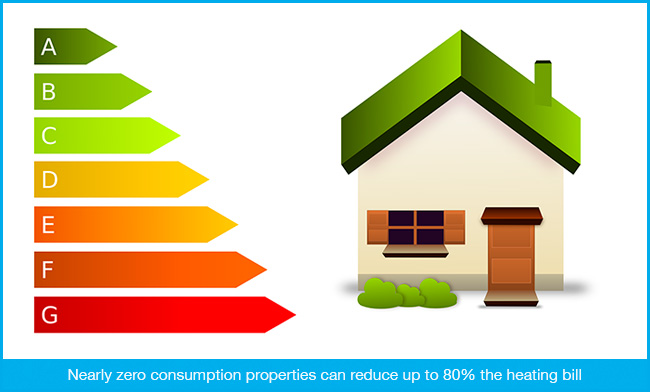
GREATER AWARENESS
Even though Spanish society is going through a process of adjustment regarding changes, it has become increasingly aware of their importance. At present, the Spanish homebuyer prefers to buy property which has Energy Classification A, rather than B. This circumstance which is customary nowadays, was not even taken into account some years ago. On the other hand, we must bear in mind that financial savings go hand in hand with energy savings. This aspect does not go unnoticed by current homebuyers. Property with excellent energy classification means, with regard to inadequate classification, savings of up to 90% in the bills. Another piece of information: it is estimated that the monthly invoice amount of a conventional home can be equal to the yearly invoice amount of a nearly zero energy consumption house. This information has started to sink in many buyers and hence, making them the ones to demand this type of property.



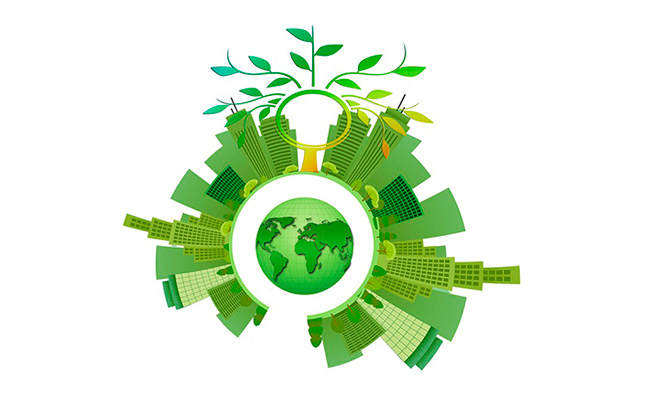

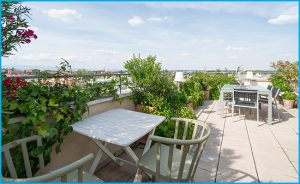
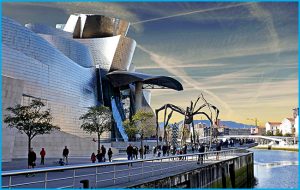
 Spanish
Spanish English
English
Comments
Pingback: Good times for new housing - Blog, dulce blog